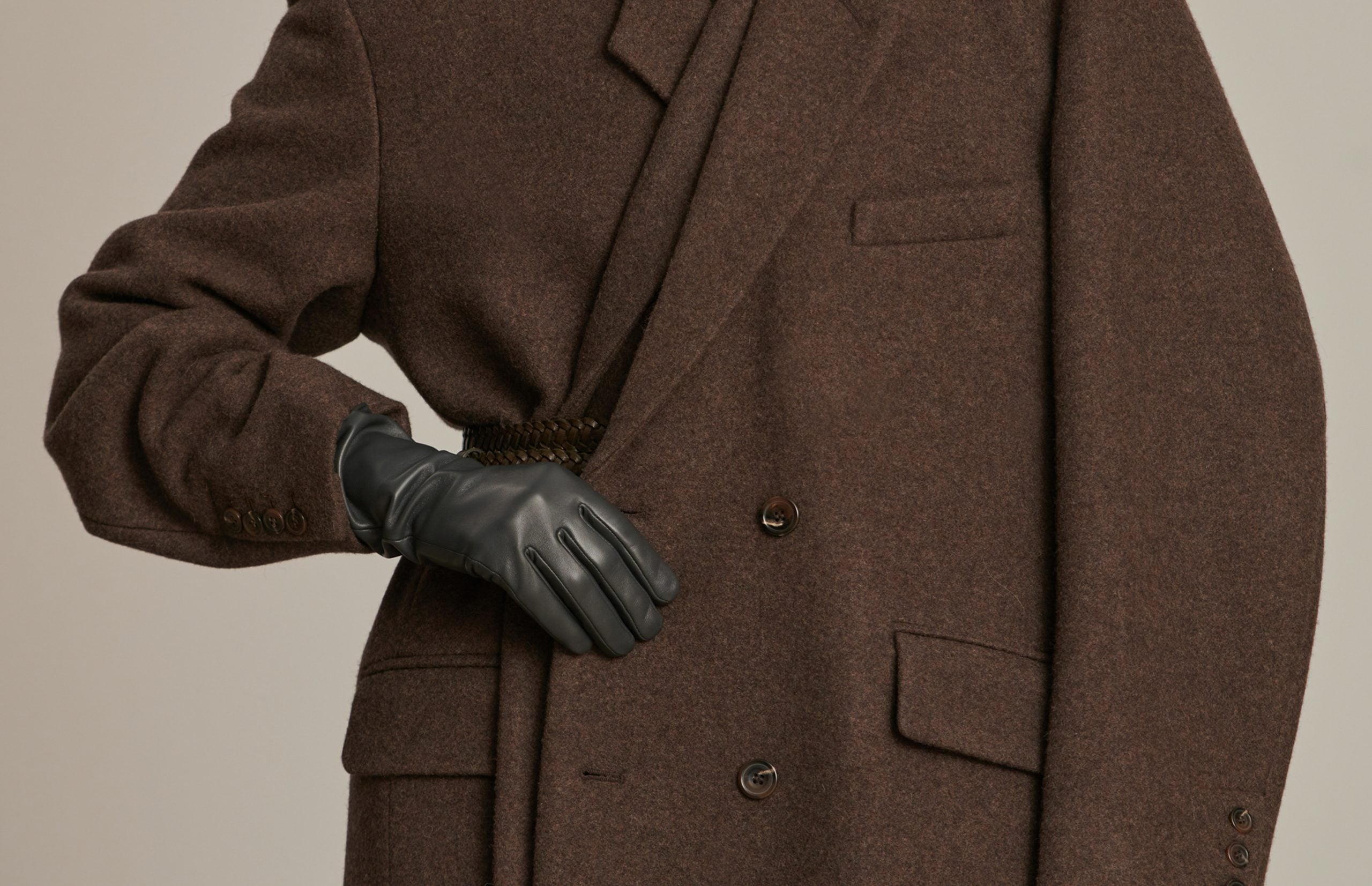
How to Recognize a Quality Jean?
This publication is also available in: Français
English (UK)
Deutsch
Italiano
Español
The jean first appeared in the early 19th century in Italy. The first denim garments created at that time were cut from transport tarpaulins. They were designed for people who faced various risks on a daily basis, such as miners. Today, jeans are among the essentials in both men’s and women’s wardrobes. Consequently, they come in a wide range of products on the market. There are criteria that help identify a quality jean. What are these criteria?
A high-quality organic cotton jean
The first indicator that determines a jean’s quality is the main material used in its making. When it comes to organic cotton, you automatically have the guarantee that your jean is of high quality. Indeed, this material is known as a very advantageous alternative to regular cotton. Organic cotton provides optimal comfort. It is a very soft and silky material used in the production of all kinds of clothing. Therefore, cotton jeans have the particularity of being soft to the touch and comfortable to wear.
An organic cotton jean also represents an environmentally friendly garment. From the production of cotton to the making of the jean, the processes used ensure respect for the environment and the well-being of people. Note that organic cotton is grown from non-genetically modified plants and without the use of chemical agricultural products. This cultivation significantly improves biological cycles and biodiversity. For example, regarding soil water supply, the amount required for organic cotton production is much lower than that needed for regular cotton plants.
Choosing an organic cotton jean also guarantees you a more durable garment. Indeed, organic cotton fibers retain their quality over time, as they are not exposed to multiple chemical treatments. Therefore, an organic cotton jean fits perfectly into the trend of ethical consumption. Always ensure that the organic cotton jean you plan to purchase is certified. This gives you additional assurance regarding the quality of the garment.

Analyze the different materials used in your jean
To recognize the quality of a jean, analyzing the different materials used in its making is an essential step. At this level, you must first ensure that the various materials are comfortable. This makes the garment suitable for everyone and guarantees the comfort of a practical piece of clothing.
We also recommend paying attention to the ecological nature of the materials used in jean production. Note that wearing an eco-friendly garment is a positive gesture for environmental preservation. You should also consider the potential impact that the different materials could have on your body and health. If you are allergic to latex, for example, make sure before purchasing a jean that it does not contain any.
If you are looking for specific finishes, the materials used in the jean represent the main criterion that could guide you. Depending on your personal needs (color, shape, thickness, etc.), carefully define the characteristics that the jean’s materials should have. It then becomes easier to make the right choice of materials for your jean garment.
To analyze the materials in jeans, refer to the technical sheets or tables generally provided by the designers. When you go to a physical store to buy your jean, don’t hesitate to touch it or even try it on. This allows you to get a sufficiently precise idea of the quality of the material.

Where was your jean made?
To recognize the quality of a jean, you should also be interested in where it was made. If you are looking for a high-quality jean, you should focus on pieces made in France. Indeed, there is a true French know-how regarding jean production. Choosing a jean made in France allows you to support French manufacturers. You contribute to the survival of local manufacturers while enabling them to increase their revenue. Note that it is thanks to the profits generated from jean sales that many French companies have been in the jean market for decades.
Choosing a jean made in France is also a way to avoid exploiting foreign workers. These workers sometimes operate under very poor conditions to produce jeans. In contrast, in France, work in the textile industry, particularly in jeans, is governed by very strict laws. The profits generated by companies in this sector must largely serve to reward every hour worked and thus maintain jobs.
Moreover, with French jeans, you have good assurance regarding the quality of the materials. These are selected according to very precise criteria to ensure environmentally friendly production.
Buying a French-made jean allows you to enjoy a durable product. It is generally completely hand-stitched, which guarantees its strength. This ensures a long lifespan for the product compared to garments made in many other foreign countries that opt for industrial production prioritizing quantity over quality.
Analyze the weaving of the jean
The weaving of the jean is also an important criterion for determining whether it is a quality fabric. There are indeed several types of weaving that can be used in the making of jeans. The major difference between these different types of weaving concerns the orientation of the woven lines.
Right-hand twill weaving is the most commonly used on jean pieces. Its production is simple and inexpensive, and it is done on all types of clothing. This type of weaving is smoother, allowing for more aesthetically pleasing pieces.
Selvedge denim weaving is gaining more and more importance. It is now used in the production of mid-range and high-end denim garments. This weaving guarantees you durable and solid clothing.
Self-finished, on the other hand, is a highly sought-after type of jean weaving. It is characterized by tighter weaving lines. As a result, it requires much more fabric per square meter to make the jean. Self-finished adds an undeniable aesthetic touch to the garment. Jeans made with this type of weaving easily withstand the test of time. However, they are heavier than average.
In terms of jean weaving, there is also broken twill. This weaving form is characterized by a random orientation of the lines. It perfectly combines all the advantages of the previous types of weaving. Broken twill significantly limits the risk of twisting the jean, regardless of the tension it experiences daily.

A non-treated jean should also be favored
Ensure the quality of your jean by choosing a non-treated garment. Today, there are various types of treatments for jeans. They are used, among other things, to achieve fading, combat discoloration, or make the garment more resistant. Jeans can also be treated to be fireproof or flame-retardant. This type of garment is particularly sought after by people who work in high-risk areas. However, to implement these various treatments, chemical products and certain industrial processes (sandblasting, brushing, etc.) are generally used. These treatments can reduce the quality of the fabric. Indeed, the jean can be damaged during any treatment. Thus, it loses its original texture and becomes more fragile. This type of garment has a very limited lifespan.
It should be noted that a treated jean is generally more difficult to maintain than a non-treated jean. Indeed, once treated, this fabric becomes stiffer when in contact with water, complicating the washing process. For certain fabrics, especially those that have undergone a treatment to enhance their color, the garment changes color with use. It indeed loses some of its color after each washing session.
The treated jean is also harmful to the environment. Indeed, the processes often required to treat this fabric are not always environmentally friendly. This is particularly the case during bleaching or fading a piece of denim. This treatment requires a significant amount of water that cannot be recycled afterwards.
Moreover, a treated jean poses a significant potential risk to the health of the individual wearing it and to those around them. The same applies to the workers who perform the treatment. Sandblasting, for example, can lead to lung infections during its execution and can even result in death in some cases.
In summary, to recognize the quality of a jean, it is essential to consider not only its appearance, texture, and various manufacturing processes, but also its origin. French jeans represent a true guarantee of quality and offer you numerous advantages.



